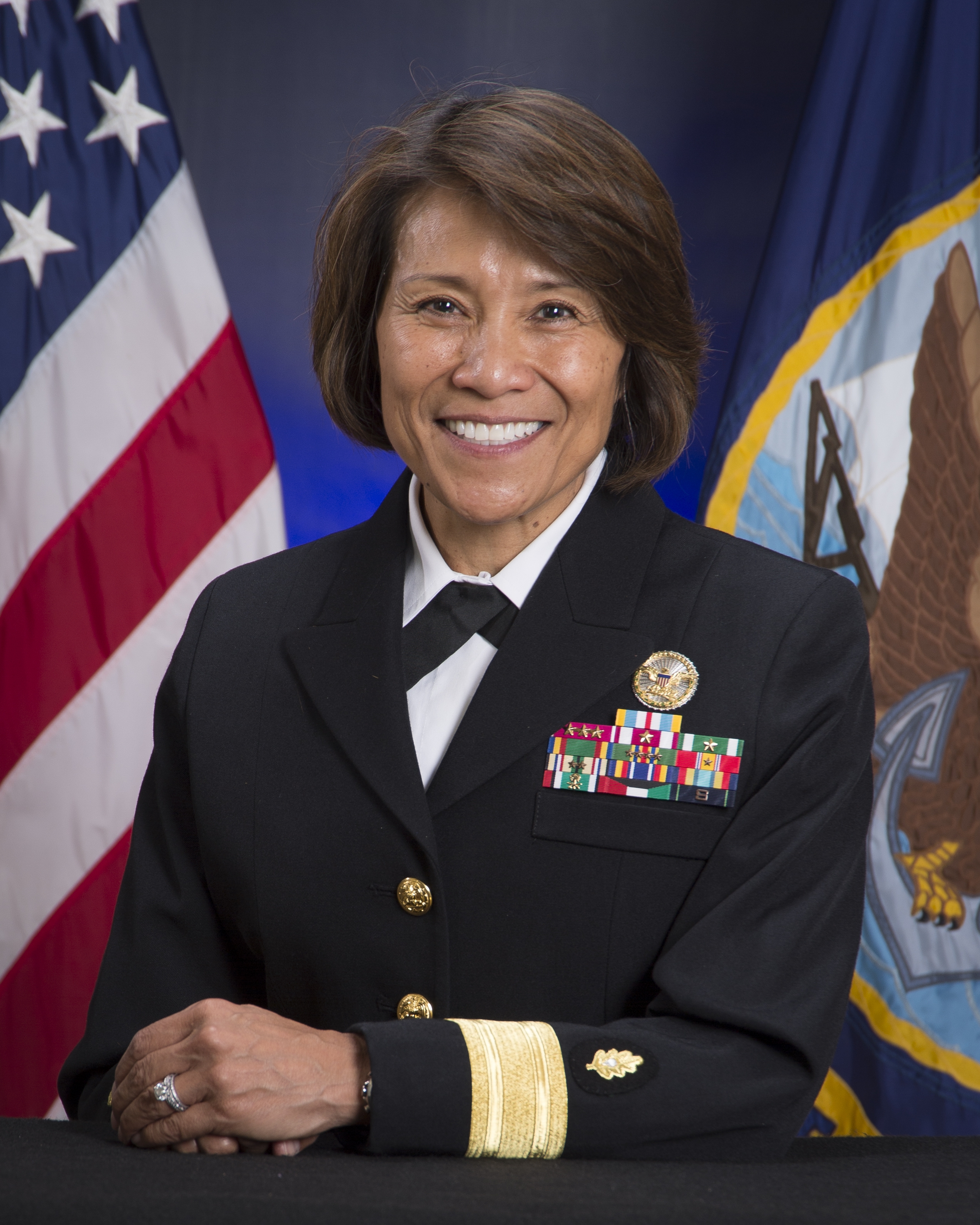The Department of Defense is in the middle of a massive makeover in how it provides healthcare to soldiers and their families. The top official in charge of the new Defense Health Agency came to Alaska for her first visit. She spoke about how the military wants to provide care that’s not only better, but smarter.

Inside a conference room at the hospital on Joint Base Elmendorf-Richardson, Raquel Bono is warm and casual. So much so that her assistant slides her a note:
That’s the Navy’s equivalent of a lieutenant general, putting Admiral Bono right beside Alaska’s most senior military commander. But you’d never know it by her disarming manner and eagerness to talk about how the military is changing its healthcare model.
“What we do is we provide the infrastructure support to Army medicine, Navy medicine, and air force medicine, so they can deliver the healthcare and the health services to all of their beneficiaries,” Bono said.
The military used to provide healthcare for millions of service members and their family in separate silos: the Army had it’s own healthcare, so did the Navy, so did the Air Force. But beginning in 2011, the military began streamlining.
“So instead of having like three heads of pharmacy, we would just have one,” Bono said.
Bono took over last November, just a month after the reorganization process was complete. Now, Bono’s agency is getting ready to roll out an electronic records system. They’re also trying to take lessons learned from the last 15 years of combat overseas where the military dramatically improved trauma care.
“The piece that came out of that was that it wasn’t a singlular or a series of singular episodes of care: it had to be holistic, we had to include the family members. And that model, we’re realizing, is what we want to be able to provide in all of our healthcare services.”
Bono came to Alaska to see how the bases here are delivering care, and whether there are problems on the ground that she and her staff might not be aware of at their offices back in Virginia. In some ways Alaska and it’s bases are ahead of the curve: the Army and Air Force have collaborated for years at their joint base in Anchorage. Veterans can get treatment at the hospital here on base, even though that’d normally be reserved for folks that are still active-duty. Those are the kinds of integration the DHA is looking to replicate. But this is not been the sort of nimble innovation the military is known for.
“We were so accustomed to kind of doing things in the same way, over and over again, and to find a solution that’s really sustainable will really require us to think differently,” Bono said.
The sustainability piece is huge. DHA’s budget request for the next fiscal year is 33-and-a-half billion dollars. Bono said that spending level is buying taxpayers a healthcare system that’s increasingly designed around the needs of service members, rather than asking them to design their lives around it. The prospect of overhauling two of the densest bureaucracies in the country – healthcare and the military – sounds daunting. But when I asked Bono if she likes her job, I got a surprise.
“I love it, because…sorry…I really believe that the people who serve in uniform and the families of those of us in uniform can serve, deserve to be at the top of the game all the time,” Bono said.
And doing that, Bono said, means having a healthcare system that can meet everyone’s needs.
Zachariah Hughes reports on city & state politics, arts & culture, drugs, and military affairs in Anchorage and South Central Alaska.
@ZachHughesAK About Zachariah




